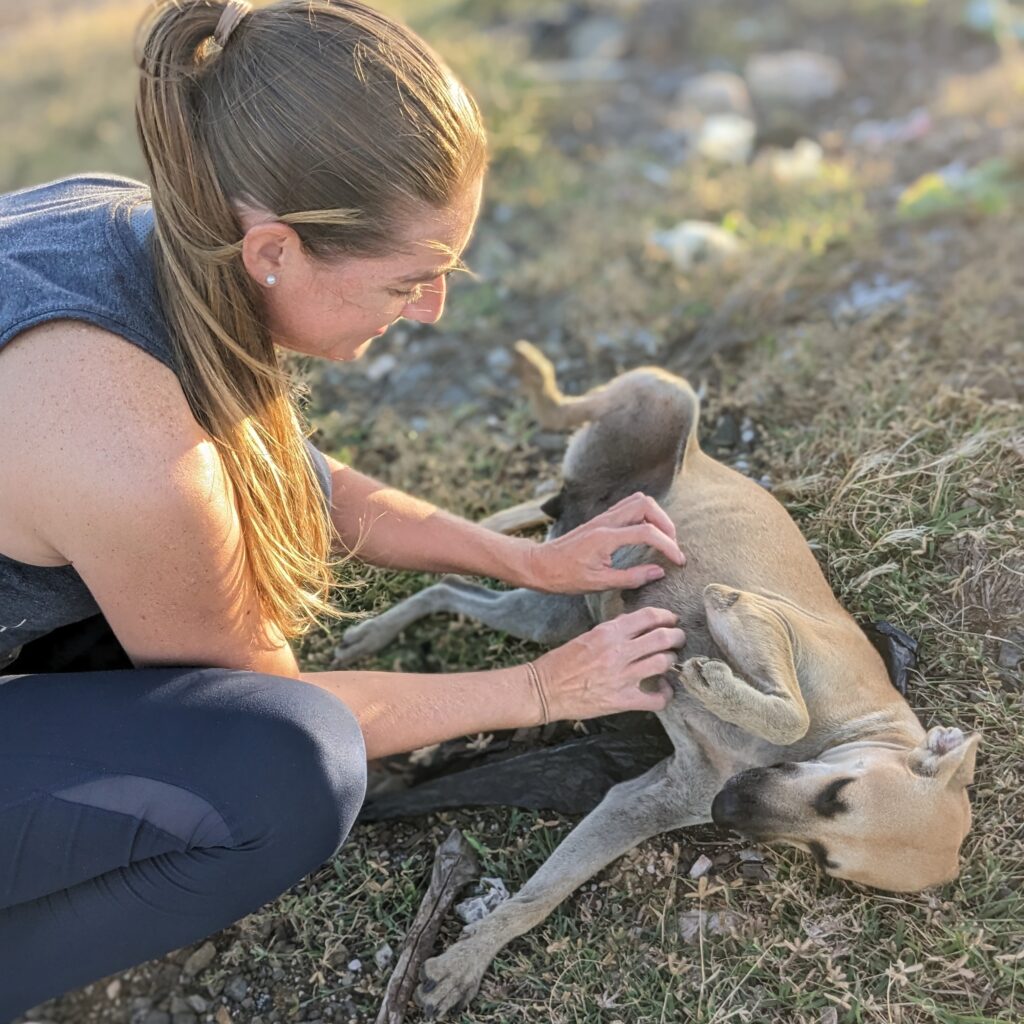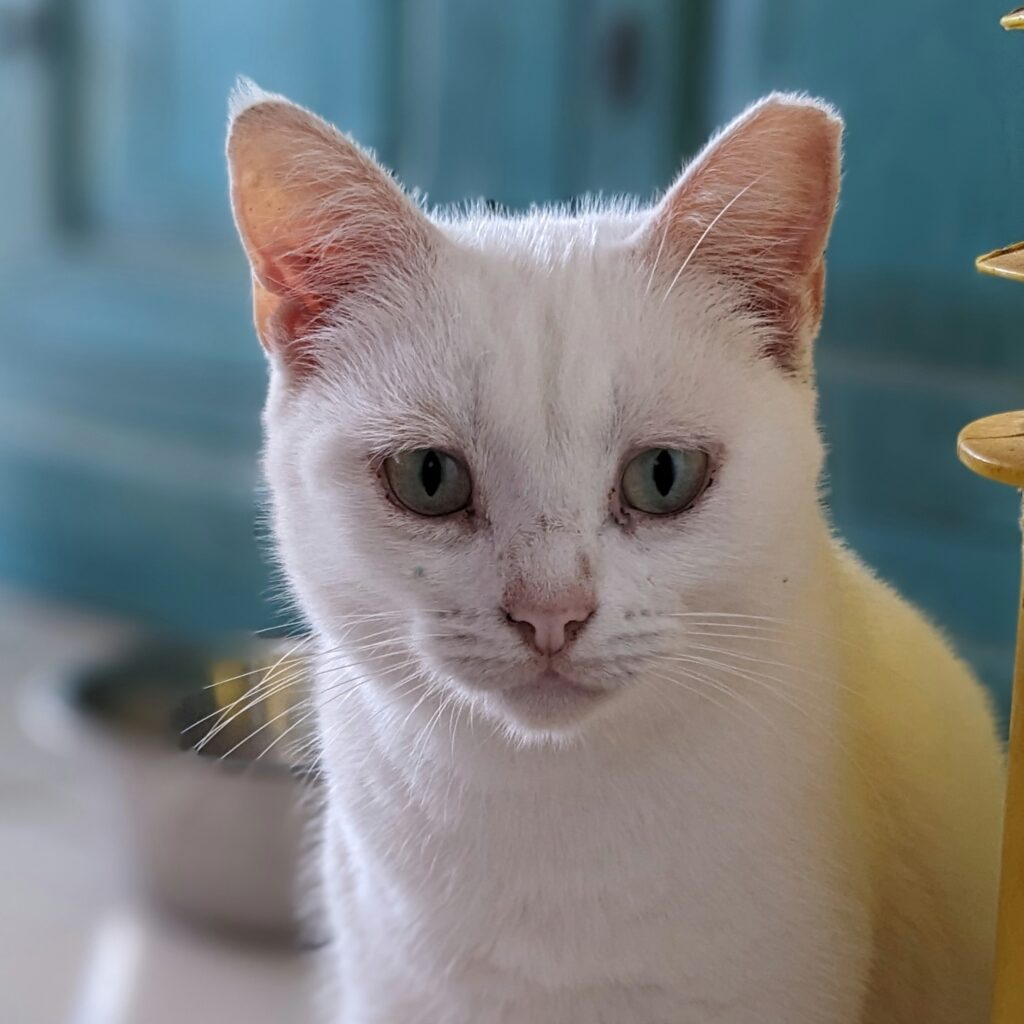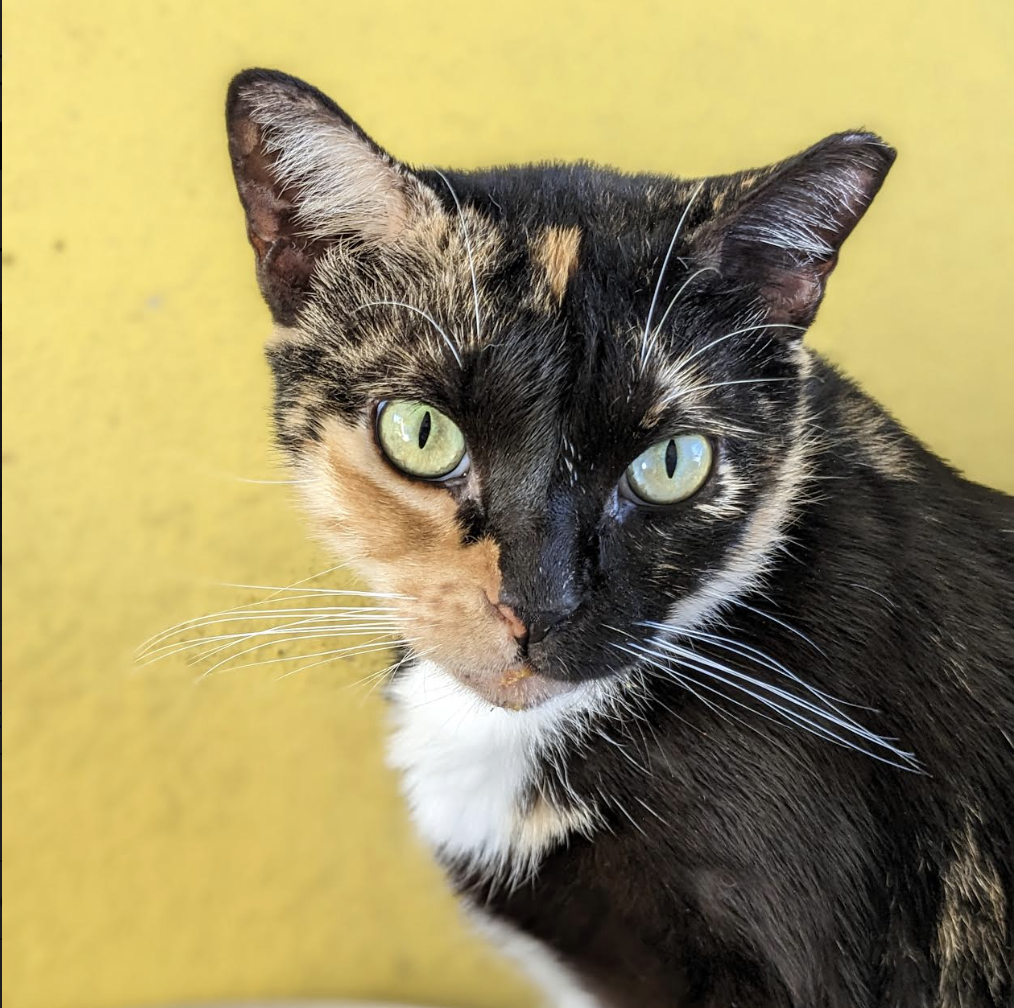5 Ways to Help Animals While Traveling!
People are traveling more than ever these days – just try booking an Airbnb and you’ll see! Traveling can be fun and exciting, but if you’re an animal lover it can be hard to arrive at a destination and see suffering animals and feel like you don’t have the resources to help them. Turning your back on an animal in need feels terrible and not knowing what to do is disheartening. If you’re like me (Maia, the founder of PPR) – someone that loves seeing the world but hates witnessing animals suffering, I assure you there’s a way to have fun and help those in need!
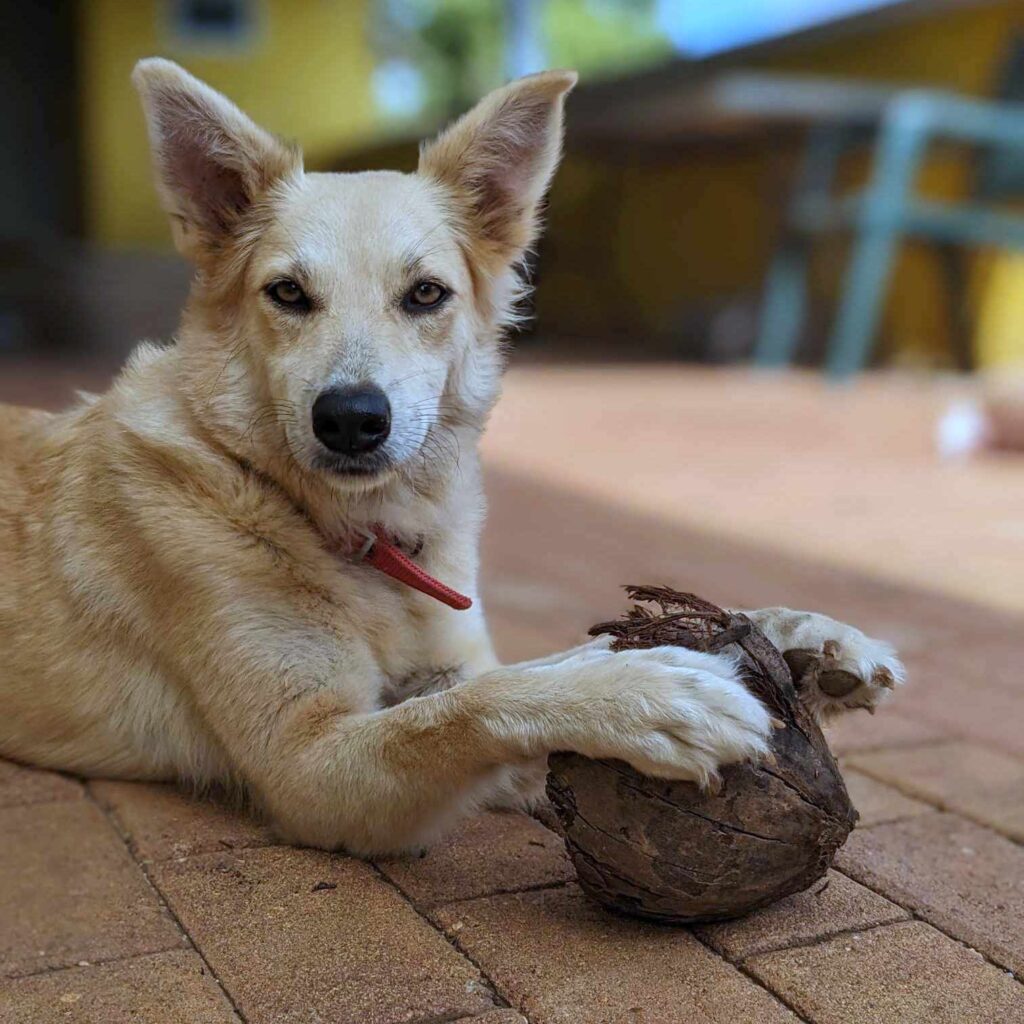
In January, I traveled to Curacao – a small Caribbean Island near Aruba. I knew there would be animals in need on the island, as there are all over the Caribbean, so leading up to the trip I reached out to several animal welfare groups about volunteering. I connected with Rescue Paws, Alle Hadoc Rescue, Stichting Dierenhulp, and Feed Friends Foundation and immediately got to work when I arrived on the island. It’s been a thrilling, yet eye opening experience. Despite working in the animal welfare field for 18 years I always learn something new when I work with a new group – Curacao was no exception. There are wonderful groups like Rescue Paws and Alle Hadoc that are rescuing dogs and cats and making vet care services accessible to locals and Stichting Dierenhulp, is working to provide spay/neuter services. There’s also a group, Feed Friends Foundation, that has 40 volunteers feeding 125 stray dogs everyday all over the island! It’s a simple yet brilliant program to keep stray dogs fed and healthy, and not put further demand on rescues that are already bursting at the seams. The stray dogs being fed by Feed Friends Foundation are often healthier than owned dogs, receiving both regular food and vet care. The commitment to these dogs is like nothing I’ve seen anywhere else.
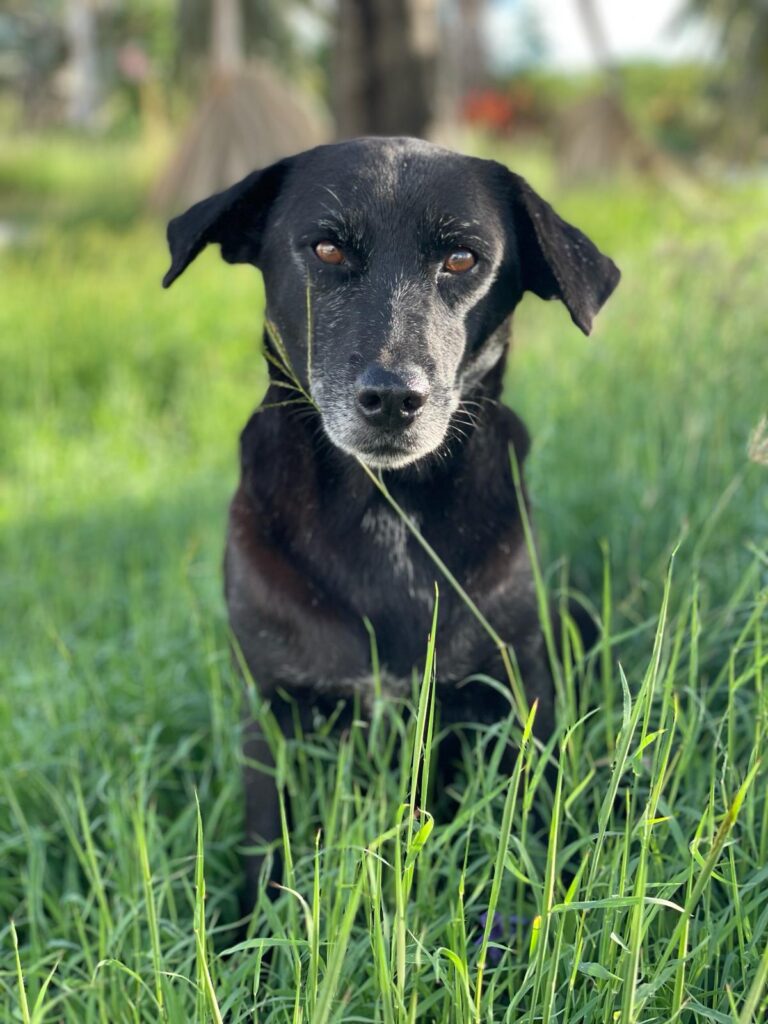
Because Curacao is an island everything must be brought in and that makes things expensive – a regular bag of the cheapest dog food is $50. On an island where 1/3 of the people are living below the poverty line, making just $850 a month, the cost of pet food is out of reach for most people. People end up feeding animals what they have leftover, mostly bits of table scraps which are never enough. There are many animals that would go hungry if it wasn’t for the work of Feed Friends Foundation. Curacao’s animal rescues are filled to the max, so only the most desperate of dogs and cats get off the streets. Instead of turning their backs on this massive problem, Feed Friends Foundation was created to address the need and assure street dogs aren’t forgotten dogs. Every dog I met with Feed Friends Foundation was in great shape – healthy skin, weight, and genuinely happy dogs! 40 volunteers show up every day at the same time to feed “their pack” of dogs all over the island, and it’s been thrilling to see how happy the dogs are when we arrive. Many are fearful of people, but some are social and enjoy some cuddles with their dinner, which I was more than happy to provide!
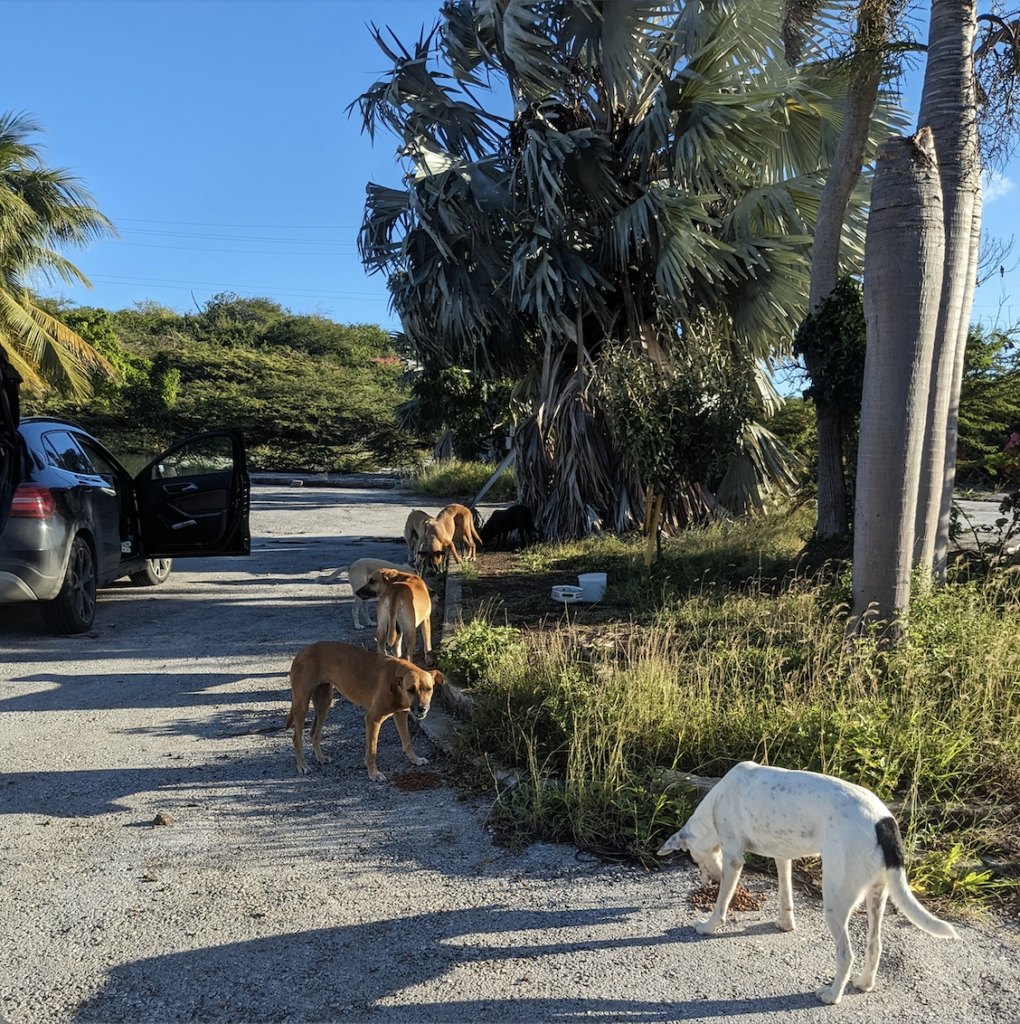
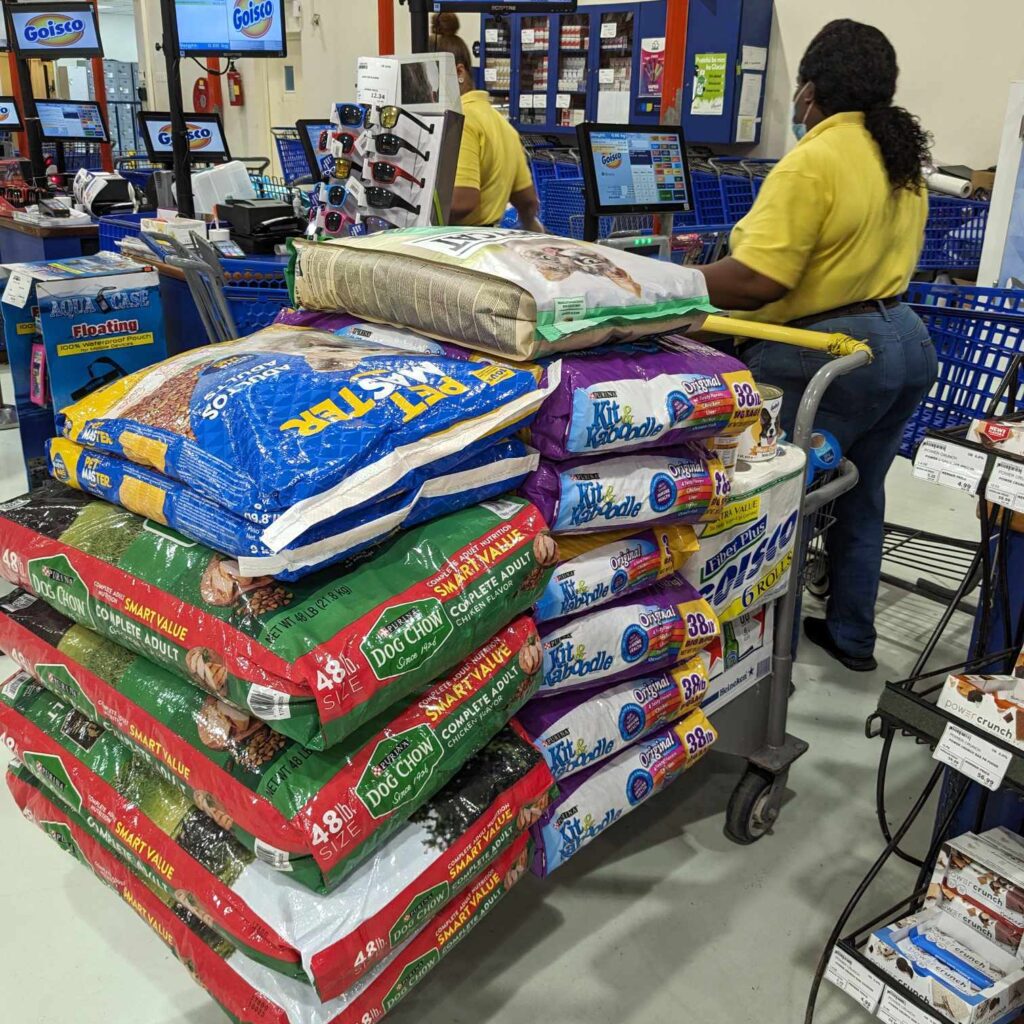
Assuring these dogs have reliable and regular food is essential to their wellbeing, but we also know that spay/neuter is vital to every animal’s long-term health and Feed Friends Foundation agrees. They spay/neuter and provide regular dewormer and flea/tick treatment as part of their program. I’m truly impressed by the work Feed Friends Foundation is doing in Curacao and it’s a program I would love to see grow to feed more hungry dogs, but that requires funding! It costs $1,500 (USD) to feed 125 stray dogs each day for a month – at just $12 you can fill the belly of one homeless dog and assure they live a healthy and comfortable life. PPR has committed to helping eliminate animal hunger in Curacao by funding 1 month of food each year and helping this group reach more dogs in need. Can you help us raise the funds needed to feed 125 stray dogs for the month of February – there is no donation too small for these stray dogs! Give Today!
Want to learn more ways to get involved with animal rescue and welfare while you’re traveling? Here are our tips to have a fun, successful and rewarding travel experience while helping animals in need.
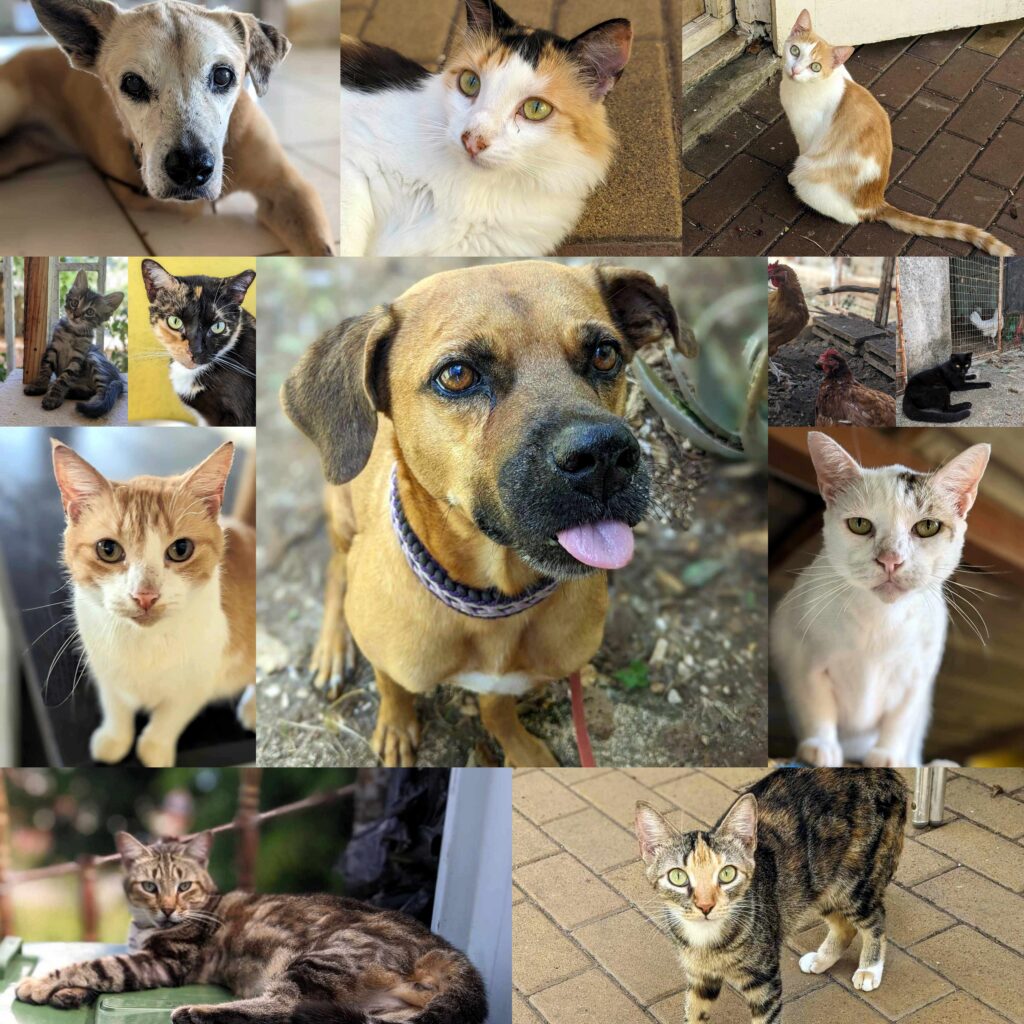
5 Ways to Help Animals While Traveling!
Research animal welfare groups in your destination and contact them prior to arrival. Give them plenty of time and specifics like– will you have transportation, the dates, days, and hours you’re available, any restrictions on what you can help with? The more details you can share the easier it is for non-profits to know how to best use you as a volunteer.
Donate! It seems simple, but money is the number one thing all non-profit organizations need. Sponsor a rescued animal, donate the brands of pet food needed, sponsor a spay/neuter surgery!
Give of your time – many shelters need more volunteers to help with the hard work of keeping the shelter clean and animals fed.
Share what you’re doing with your friends and family. Post pictures and tag the organization on social media. Reaching a new audience could help get a dog or cat adopted or bring in a new supporter!
Think about what talent you have that could help – are you great at photography? Rescues always need quality photos of animals to share. Do you have a knack for fixing things? There’s often a laundry list of to-dos to get fixed at a shelter. Do you have IT skills, website knowledge, design, or marketing skills – the list is endless, and your talent may be exactly what a group is looking for!
**What not to do** Don’t contact groups and say, “there’s an animal in need here at xyz” and not help beyond notifying them. Every organization is overworked and stretched on funds, while managing a long list of animals in need daily. Could you help transport the animal to them, offer to meet them and help if transportation is an issue, or donate to the animal’s care. Ask what would help most – just remember that saving an animal takes action and teamwork!
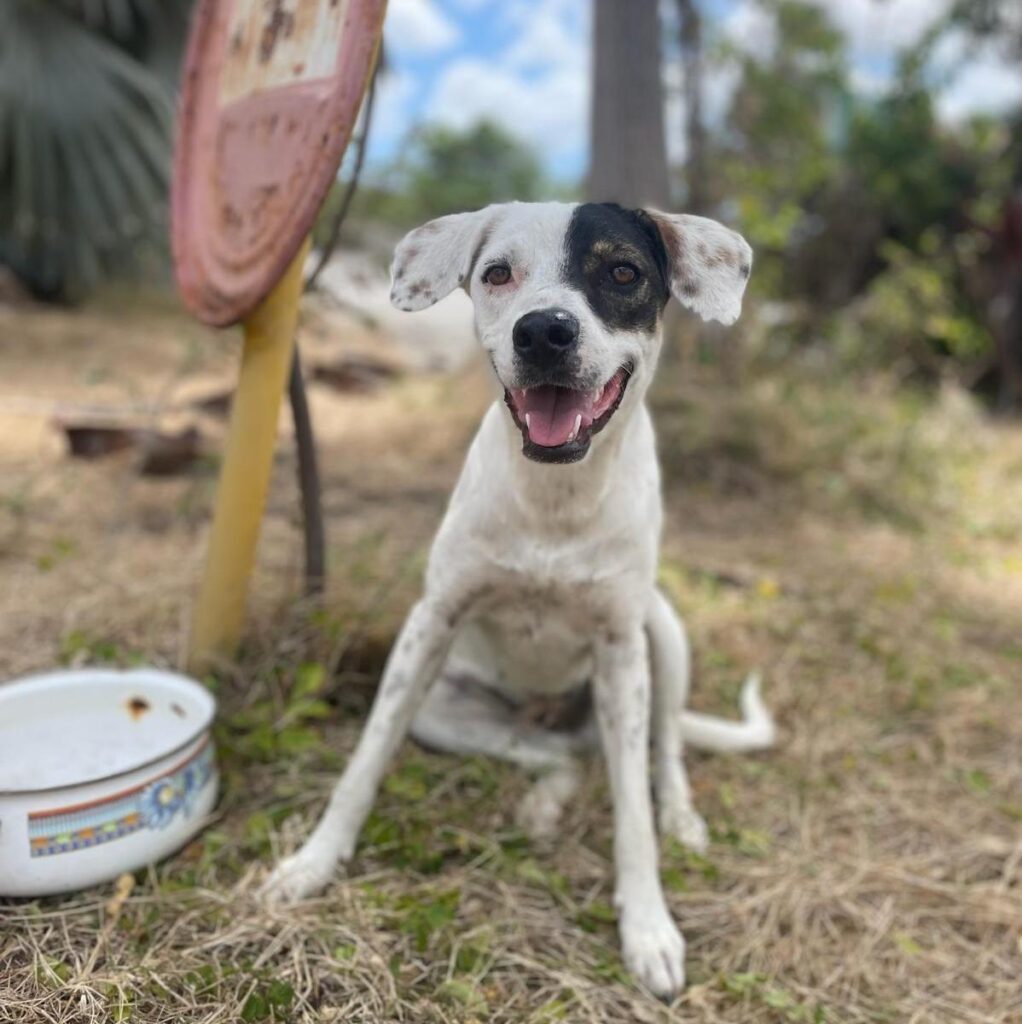
PPR is continuing to grow and help dogs and cats near and far, but we need to increase our monthly funding to continue to meet the needs of the communities we work in. In 2024 we’ve set a goal to get 50 new monthly donors to provide vet care for needy dogs and cats. You make it possible to provide care for animals in need and prevent homelessness and suffering! By securing 50 new monthly donors at just $10 a month we can spay/neuter 500 additional animals in 2024 and prevent 3,750 future homeless puppies and kittens in a single year – join us now as a monthly donor at a level the works for you!
1 new monthly donor secured – 49 to go! Thank you, Olive Holbrook, for becoming our first new monthly donor of 2024!
